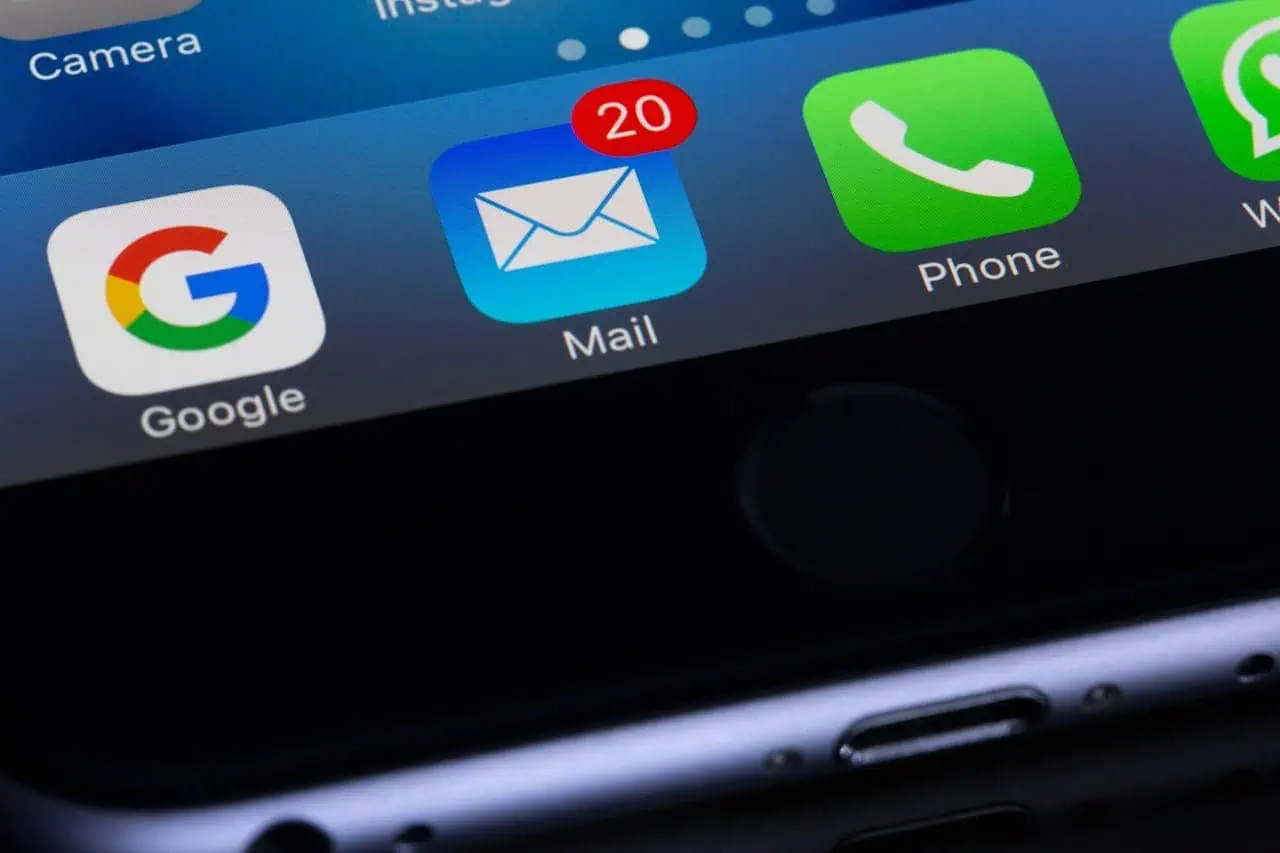For many businesses, the Covid crisis has turned marketing on its head. Bricks and mortar retail outlets have had to take promotions and sales online. Business-to-business companies have had to take their meetings and events online. And every business has had to rethink its customer retention and communications strategies.
It has led to a resurgence of good old email marketing. At the end of 2019, there were suggestions that email marketing was dead. But 2020 changed that. Hubspot reports a 44% increase in the number of email marketing communications during the year.
My own inbox is more full of email newsletters than ever. And I’m more likely to actually read them. I’m not alone. Maybe it’s the loss of commuting time and then the dearth of casual conversation with colleagues and clients. But a chatty and useful email newsletter suddenly seems like a welcome interlude, something to enjoy with your coffee break.
If your business does not already have an email newsletter, then it’s time to put that right. That’s especially true if your business has relied on building relationships with customers. Now that it’s more difficult to see them face-to-face, make sure that you have the opportunity to keep them up-to-date with offers and useful information and advice about the kind of products, services or industry they rely on your expertise about.
Here are our tips for making the most of email marketing in 2021:
1. Respect privacy
Always make sure that you have your customers’ consent before adding them to an email list. The easiest way to do this is to have an opt-in form. You should make sure that your sign-up process and information storage procedure conforms to data protection regulations.
Have a box to let customers opt-in to the newsletter when they make an order or when they are browsing your website.
2. Target your emails
Don’t send the same blanket email to everyone on your list. You will get a much better level of engagement, and customers will love you much more, if you segment your list and personalise emails. You can segment and personalise your email list simply, to a very sophisticated level, using software like Gmass, that enables mass email mail merge.
As a minimum, try to have your customer’s first name, so that you can address them personally with each message. Even though we know it’s a marketing tactic, we all still feel much more positive about a company that knows our name!
3. Keep it simple
This is one area where less is more; forget about spending the marketing budget on design and images. Simple emails come across as more intimate and authentic. Stick to plain text and let the words speak for themselves.
The added bonus of plain text emails is that they are much more likely to work well in multiple formats and platforms. And these days people are much more likely to be reading your message on a phone than on a desktop computer, so that’s another reason to keep it simple.
Fundamentally email marketing is about having empathy with your customers. It’s about the simple process of sending the right message, to the right person at the right time. The right message is something that they will care about and will find helpful.
4. Measure impact
How will you know if your email marketing strategy is working? What is your measure of success? It could be the number of opens, click-throughs, associated sales, customer satisfaction, or all of these factors. Make sure that you have a process for tracking impact and gathering feedback, so that you can continually review and improve email as part of your marketing communications plan.
Recent research shows that not only are brands sending out more emails during the pandemic, but open rates have increased significantly too. With customers literally craving connection, there has arguably never been a better time to kickstart or improve your email marketing game.

